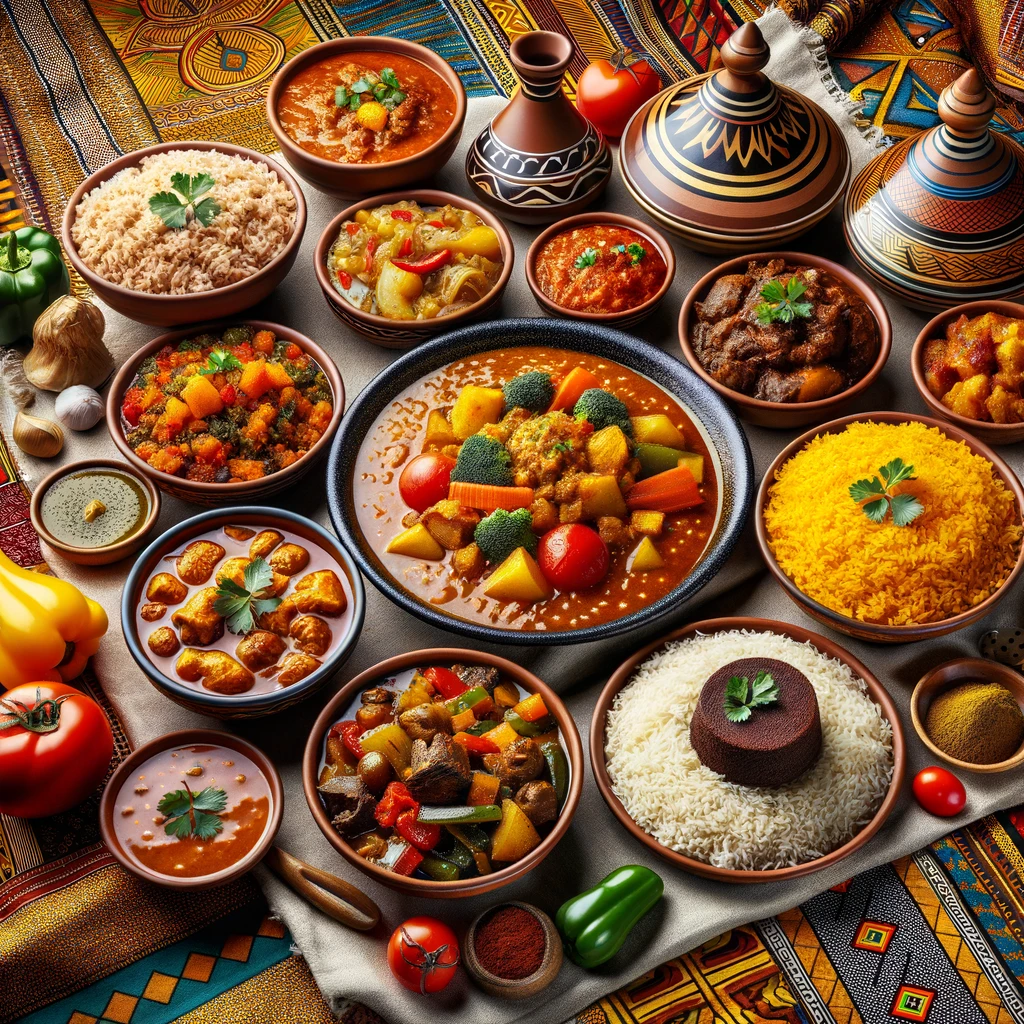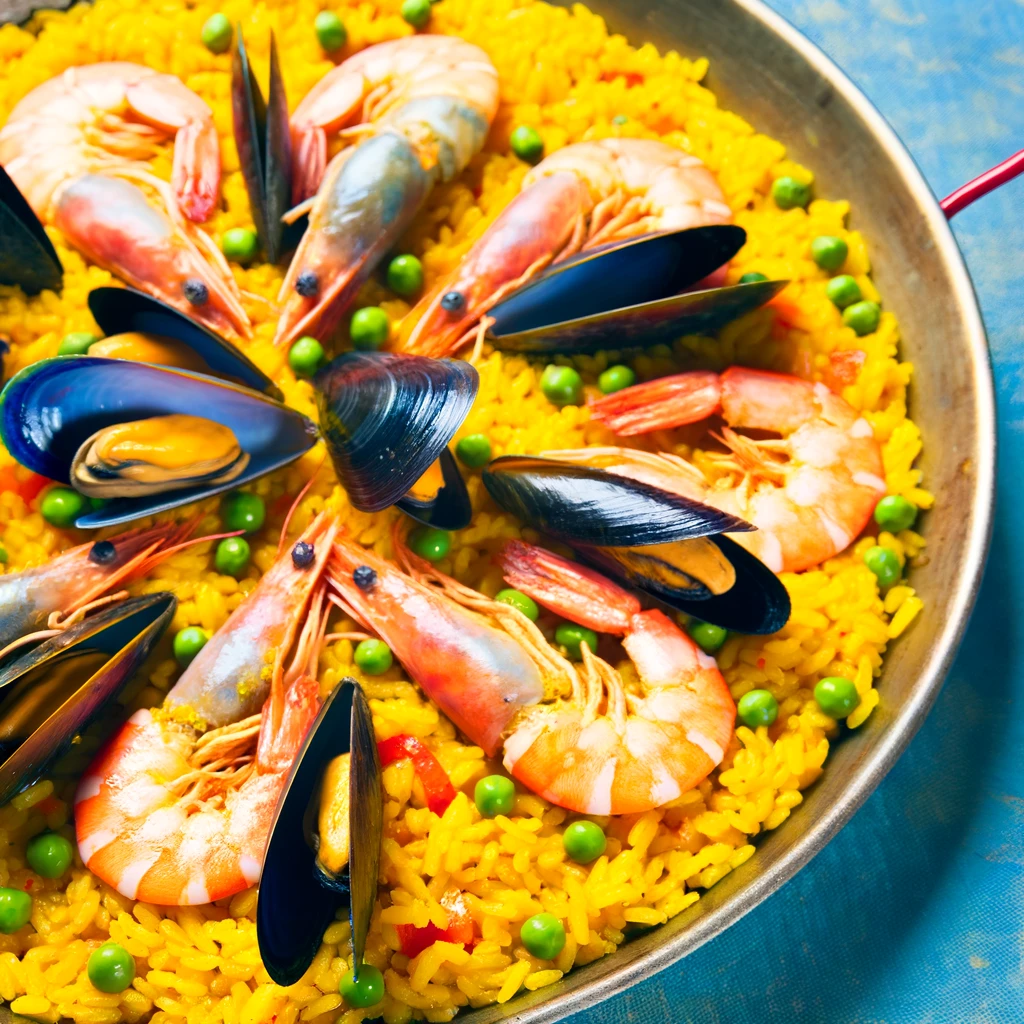The vast continent of Africa, with its rich tapestry of cultures, languages, and traditions, has given the world a treasure trove of culinary delights. From the aromatic tagines of North Africa to the hearty stews of West Africa, the diverse flavors of this continent tell tales of history, migration, and adaptation. This article delves into the journey of African culinary treasures, tracing their origins and their influence on global cuisine.
Africa’s Gastronomic Roots
African cuisine has ancient roots, with evidence of grain cultivation dating back over 7,000 years. As civilizations flourished along the Nile, the Sahara, and the great African savannah, so did the evolution of its culinary traditions. The Berbers, the indigenous people of North Africa, introduced the world to couscous, a staple that has now found its way into Mediterranean and Middle Eastern diets.
In West Africa, the rich, flavorful stews made with okra, groundnuts, and palm nuts represent the region’s agricultural abundance. These dishes, often served with fufu or jollof rice, embody the spirit of communal dining, where sharing is an integral part of the meal.
The East African culinary landscape is dominated by injera, a sourdough flatbread that accompanies various stews. Ugali, a maize porridge, is another staple, underscoring the importance of maize in the region.
Southern Africa, with its diverse influences from the indigenous San and Khoi people to Dutch and Malay immigrants, boasts dishes like bobotie and boerewors. The melding of these influences created a cuisine that’s both unique and universally appealing.
The African Culinary Diaspora
The African diaspora, a result of historical events like the transatlantic slave trade, played a significant role in spreading African culinary traditions. Enslaved Africans brought their culinary expertise to the Americas, influencing dishes like the Brazilian feijoada and the Creole gumbo of Louisiana.
The Moorish invasion of Spain in the 8th century introduced North African ingredients and cooking techniques to Europe. The legacy of this influence can still be seen in Spanish cuisine, especially in dishes like paella and gazpacho.
In recent years, the global appetite for African flavors has grown exponentially. Restaurants offering authentic African dishes have sprung up in major cities worldwide, and African chefs are gaining international acclaim for their innovative approaches to traditional recipes.
Embracing the Diversity
African cuisine is not monolithic. It’s a reflection of the continent’s vastness, with each region boasting its unique flavors and techniques. The common thread, however, is the use of fresh, locally-sourced ingredients and age-old cooking methods. Whether it’s the slow-cooking of Moroccan tagines or the fiery grills of South African braais, the essence of African cooking lies in its respect for the ingredients and the stories they tell.
Conclusion
Discovering African culinary treasures is a journey of flavors, textures, and histories. It’s a testament to the continent’s resilience and creativity, constantly evolving while staying rooted in tradition. As the world becomes more interconnected, the influence of African cuisine is poised to grow, offering a delicious window into its rich heritage.



